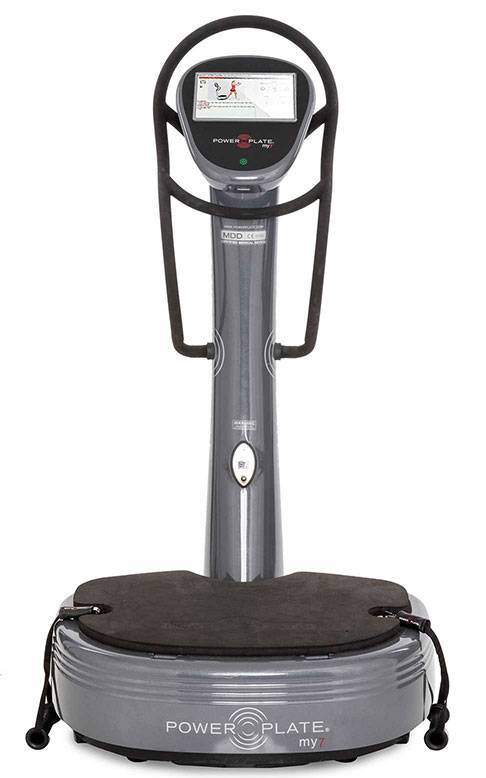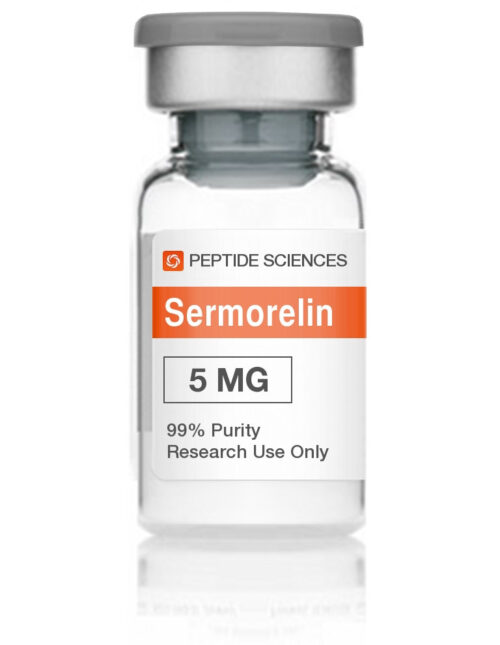
BPC-157
SKU
Description
Compound Overview
Class of Compound:
Peptide
Mechanism of Action:
BPC-157 is known to stimulate vascular endothelial growth factor, which triggers the formation
of blood vessels. Also, it blocks the growth-inhibiting action of 4‐hydroxynonenal. Further, it
upregulates multiple growth receptors in the body and stimulates the production of fibroblasts,
vital to the synthesis of collagen.
Notable Studies:
Pentadecapeptide BPC 157 and the central nervous system
Fistulas healing. Stable gastric pentadecapeptide BPC 157 therapy
BPC 157 counteracts QTc prolongation induced by haloperidol, fluphenazine, clozapine,
olanzapine, quetiapine, sulpiride, and metoclopramide in rats
Also Known As:
PL 14736, Body Protection Compound 157
BPC-157 refers to Body Protection Compound-157, a naturally occurring peptide found in
human stomach juices. Composed of a sequence of 15 amino acids, the peptide can also be
found in trace amounts in the gastric fluids of other mammals.
The peptide plays a fundamental role in preserving the lining of the GI tract. However,
researchers are interested in its application in other areas of the body—particularly in regards to
wound healing, neuroprotection, and muscle and tissue growth.
Much of the research on BPC-157 to date has been done in laboratory animals, but researchers
are now using the findings to date to help direct further research into the ways BPC-157 may be
beneficial for human subjects.
It’s important to understand the potential side effects and risks of BPC-157 – along with dosing
considerations, and legal status of the peptide – before purchasing it for research.
What Does BPC-157 Do?
BPC-157 was first isolated from body protection compound (BPC), which is found in the gastric
juices and is part of the digestive process [1]. It is composed of 15 amino acids, with the
following chemical composition:
H-Gly-Glu-Pro-Pro-Pro-Gly-Lys-Pro-Ala-Asp-Asp-Ala-Gly-Leu-Val-OH [2].
The role of BPC in the gastric juice is an important one. As a compound that can promote
healing, it helps protect the gastrointestinal tissues from damage and can help prevent and heal
stomach ulcers or other injuries to the intestinal lining.
It also promotes angiogenesis, or the formation of new blood vessels, allowing for increased
oxygenation to the tissues.
Because of these properties, isolated BPC-157 is of great interest to researchers. The peptide
shows potential in a number of applications outside of the GI tract, including in its promotion of
healing, muscle growth and repair, and injury recovery.
BPC-157 Benefits | Clinical Trials
Researchers have identified numerous potential benefits of BPC-157 in both laboratory animal
and human studies, although the evidence available in humans is extremely limited at this time.
Here are some of the potential benefits of BPC-157:
● Connects the brain and the digestive system: BPC-157 may play a role in the gut-brain
axis, or the direct line of communication between the nervous system and the digestive
system. Perhaps surprisingly, the two are deeply interconnected—with digestive health
playing a significant role in neurological health and cognitive function [3].
● Neuroprotection: BPC-157 has been shown to provide some neuroprotective effects in
rats, helping to protect against harmful free radical damage or protect the brain and
preserve brain function after exposure to harmful substances [3].
● Improved memory: BPC-157 may help improve and preserve memory as a result of its
neuroprotective effects.
● Mood regulation: Its neuroprotective effects may also help with mood regulation.
● Blood flow and angiogenesis: One of the most promising potential benefits of BPC-157
is its angiogenic effect, or its ability to promote the formation of new blood vessels, which
may help improve vasculature and blood flow. This effect has been noted in rat studies[4].
● Circulation and vasomotor tone pr: Some preclinical studies suggest have noted that
BPC-157 modulates blood flow and vasomotor tone blood flow [4, 5, 6].
● Reduced physical discomfort: Some early preclinical research suggests that BPC-157
may have nociceptive (pain relieving) properties. This effect was actually noted in a
small chart review in humans—one of the few uses of BPC-157 that has human
evidence at this time [7].
● Increased energy: Because it can activate NO pathways, BPC-157 may help provide an
energy boost. NO activators are a common ingredient in preworkout supplements [8].
● Wound healing: The angiogenic properties of BPC-157 may also promote faster wound
healing. It naturally occurs in the gastric juice and helps to prevent gastric ulcers, and
researchers have found that it also helps promote faster healing of wounds in rats [9].
● Liver protection: In laboratory animal studies, BPC-157 may be able to help protect the
stomach, liver, and other tissues from NSAID medication overdoses. Researchers
theorize it may offer similar protective benefits against alcohol and other toxins [10].
● Muscle and tissue growth: In test-tube studies, BPC-157 stimulates growth hormone
receptor expression—signaling the body to create new tendon tissue. It may also offer
similar effects for bone, skin, and muscle [11].
BPC-157 Side Effects
There is little scientific documentation of BPC-157 side effects in humans, so most potential side
effects are extrapolated from preclinical studies and anecdotal reports of human use.
The most common side effects appear to be related to the method of administration, which is
typically intramuscular or subcutaneous injection. Common side effects of injections include
redness, swelling, itching or skin reactions at the injection site. When these reactions are mild,
they typically aren’t cause for concern.
In addition, because BPC-157 is a gastric peptide, there have been some informal reports of
digestive side effects like nausea, diarrhea, appetite changes, gas and bloating related to its
administration. Dizziness and headaches also have been reported.
As an pro-angiogenic agent, it’s theoretically possible for BPC-157 to enable cancers to grow.
However, not enough is known about this theoretical issue to elucidate a risk-benefit tradeoff
and how timing of treatment works into such a tradeoff.
For more discussion of this concern, see our article on potential complications of BPC-157.
We reiterate that there have been no definitive human studies investigating BPC-157 side
effects.
BPC-157 administration and dosing should be handled by a researcher who is familiar with
BPC-157. Under no circumstances should it be purchased for self-administration or
unauthorized experimentation. Researchers may also want to learn more about how BPC-157
affects both erectile dysfunction and cancer.
Is BPC-157 Safe?
The peptide BPC-157 has not been evaluated for safety as part of the drug review process of
the United States Food and Drug Administration (FDA), nor has it been formally evaluated for
safety by any international regulatory counterpart of the FDA. Therefore, any claims or
insinuations that BPC-157 is “safe” must be taken with a grain of salt.
However, in published research to date, BPC-157 administration has produced minimal side
effects in both nonhumans and humans. Specifically, a review of clinical trials on the use of
BPC-157 has characterized it as safe both in treating inflammatory bowel disease and wound
healing, noting that no events of toxicity had been reported throughout those trials [12].
In fact, the peptide has actually been shown to prevent severe side effects associated with
medications for diabetes and psychiatric conditions, including catalepsy, somatosensory
disturbance, and QTc prolongation in the heart—which can lead to fatal arrythmia [13, 14].
As with any research involving peptides, prudence and caution are required when administering
BPC-157 to test subjects.
BPC-157 Dosage Calculator
Again, there is little research available in humans on BPC-157, so most BPC-157 dosage
recommendations are loosely based on equivalent doses used in animal studies and anecdotal
reports of human use.
In general, the most widely agreed upon daily dose of BPC-157 is about 250 mcg, delivered via
intramuscular injection. A general rule of thumb that may be utilized by researchers is 2-4 mcg
per kg of body weight.
However, there are other forms of BPC-157 available – in particular, sublingual capsule tablets
which are dissolved under the tongue as well as nasal sprays.
Regardless, most research applications utilize the injected version, and this is also the form that
is most often used in both research and clinical settings.
FAQ
BPC-157 is a fragment of body protection compound, a peptide found in gastric juices that helps
protect against stomach ulcers.
It may offer neuroprotective, angiogenic, wound healing and tissue growth properties—and all of
these benefits have been noted in preclinical studies, although human research is severely
lacking.
BPC-157 is typically administered via subcutaneous injection, and little is known at this time
about potential side effects.











Reviews
There are no reviews yet.